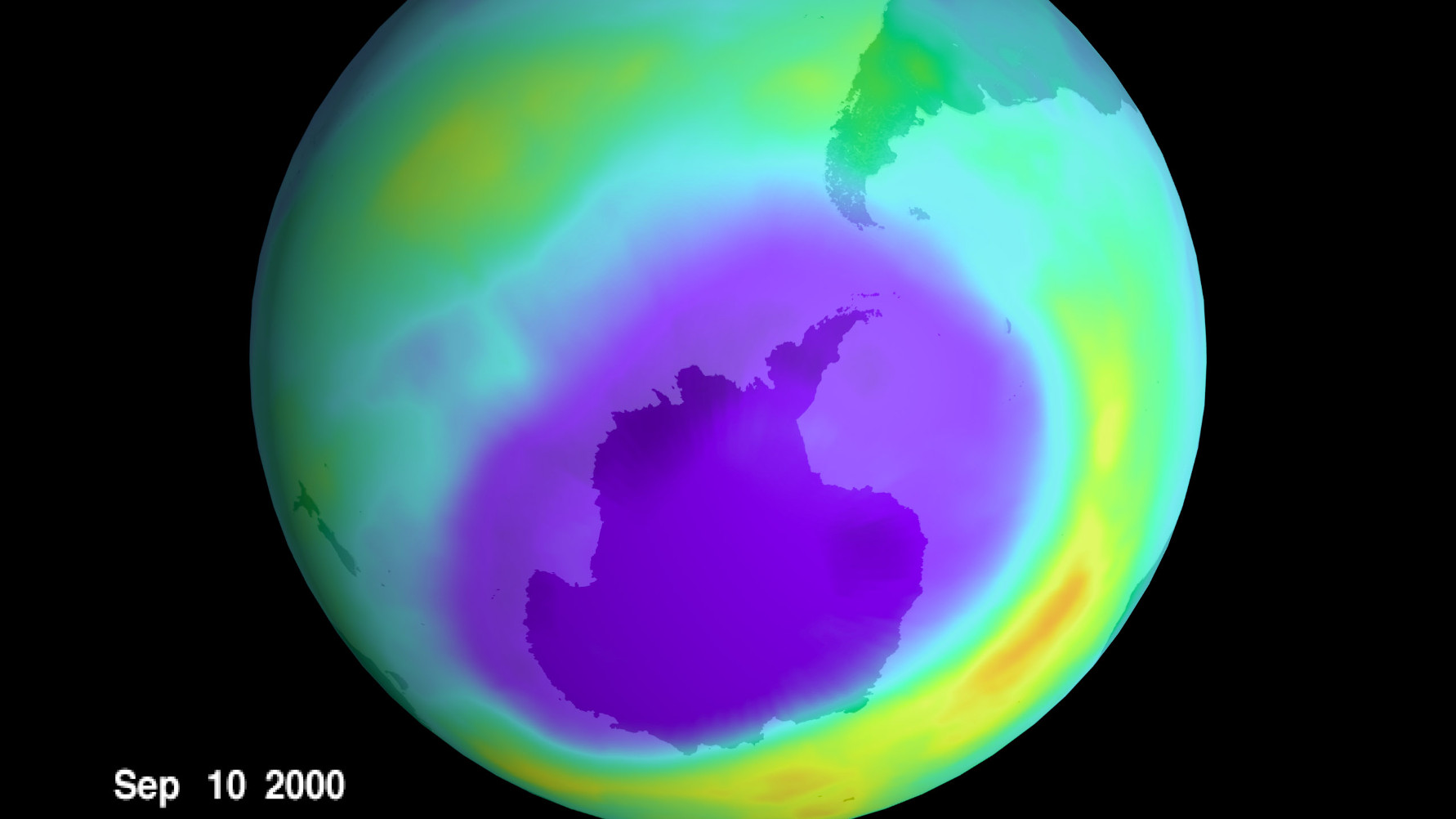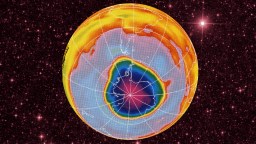Controversy: Is there really a giant ozone hole over the tropics?
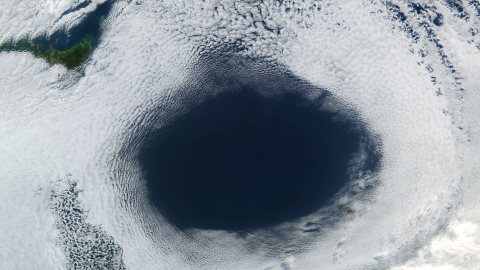
- In a controversial new paper, a Canadian researcher claims to have identified an ozone hole over Earth’s tropics that is seven times larger in area than the one over the Antarctic.
- Other scientists have questioned the researcher’s methods and disputed the finding, saying that the proposed “hole” isn’t really a hole.
- There’s no need to worry yet. Even if the author is correct, the ozone layer over the tropics is still twice as thick as it is over the Antarctic and does appear to be recovering.
A provocative new paper published in the journal AIP Advances claims that there’s an ozone hole over the tropics seven times larger in area than the one over Antarctica, but its findings are highly controversial.
Ozone, or trioxygen, is a compound widely present in Earth’s stratosphere that absorbs most of the sun’s harmful ultraviolet radiation, called UV-B. Without the ozone layer, life on our planet would be left seriously exposed to energetic photons that could damage DNA.
It’s for this reason that scientists swiftly sounded the alarm when they noticed a rapidly growing hole in the ozone layer above Antarctica in the early 1980s, petitioning policymakers to do something about it. Scientists identified numerous substances responsible for ozone depletion, and in 1987, with the signing of the Montreal Protocol treaty, 196 states and the European Union committed to phasing out those chemicals. The ozone hole over the Antarctic has since since stabilized and is starting to show signs of closing.
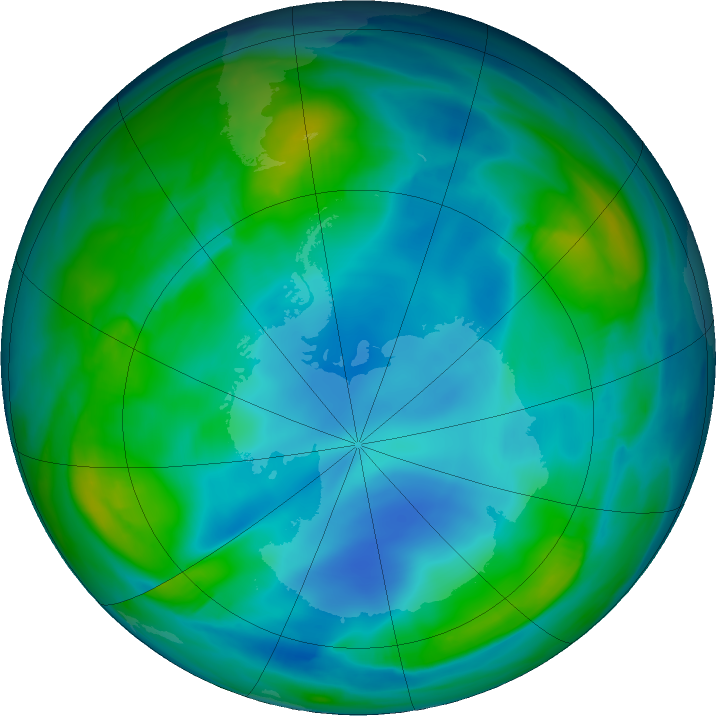
In the new paper, Dr. Qing-Bin Lu, a Professor and University Research Chair in Chemical Physics at the University of Waterloo in Canada, argues that the Antarctic ozone hole is not closing as fast as expected, indicating that another ozone-destroying mechanism may be at play. He points the finger at cosmic rays — “high-energy protons and atomic nuclei that move through space at nearly the speed of light” — interacting with halogen-containing gases in the stratosphere. The halogens include chlorine, fluorine, bromine, and iodine.
Looking at decades of atmospheric data and citing numerous prior studies, Lu also claims that ozone levels in the lower stratosphere about 14 to 21 kilometers above the tropics (depicted below) have fallen by around 40% to 70% since the 1960s, with the greatest decline at the equator, constituting an unrecognized ozone hole. Moreover, it’s far larger in area.
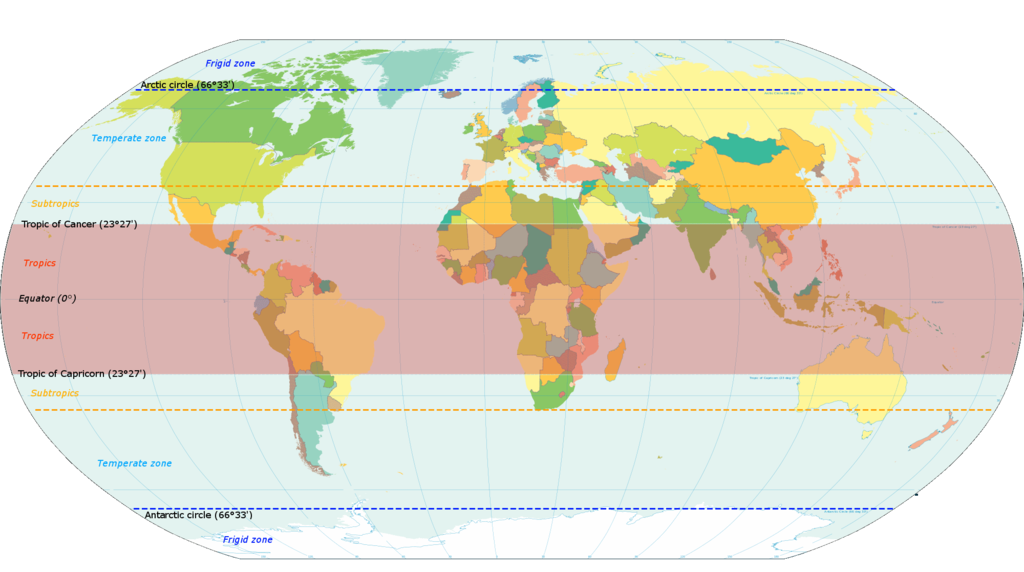
Lu does note that even at its thinnest spot around the equator, the ozone blanket over the tropics is still twice as thick as the ozone layer over Antarctic, and is protecting the region’s billions of inhabitants from harmful UV-B. Moreover, like the ozone hole above the Antarctic, it is showing signs of recovering. Nevertheless, it is something that we should pay attention to, he urges, especially if his theory about cosmic rays depleting ozone is correct.
“The tropics constitutes 50% of the Earth’s surface area, which is home to about 50% of the world’s population. Ozone depletion in the tropics could cause a great global concern,” he wrote. “Exposure to enhanced ultraviolet levels could increase the incidence of skin cancer and cataracts in humans, weaken human immune systems, decrease agricultural productivity, and negatively affect sensitive aquatic organisms and ecosystems.”
Lu’s assessment is outside of the mainstream consensus, however.
Dr. Paul Young, an atmospheric scientist at Lancaster University and a lead author of the 2022 WMO/UNEP Scientific Assessment of Ozone Depletion, brushed off the new research.
“There is no ‘tropical ozone hole’, driven by the author’s proposed electrons from cosmic rays or otherwise,” he said. “The long term changes and year-to-year variability of the ozone layer in the tropical lower stratosphere (~15-20 km up) are well understood to be the result of both human-driven processes and natural drivers.”
Dr. Martyn Chipperfield, a Professor of Atmospheric Chemistry at the University of Leeds, echoed that skepticism.
“I am surprised that this study was published at all in its current form. The results of this work will be highly controversial and I’m not convinced they are correct…Science should never depend on just one study and this new work needs careful verification before it can be accepted as fact.”
Dr. Qing-Bin Lu thinks it ill-advised to quickly dismiss his findings.
“The present discovery calls for further careful studies of ozone depletion, UV radiation change, increased cancer risks, and other negative effects on health and ecosystems in the tropical regions,” he said in a statement.
